Setting EV
Picking exposure every single photo so that whites aren’t clipping is tedious. It seems so obvious why phones have automated this. I have to wonder whether there is some way to automate this for real cameras, or at least provide a default that doesn’t blow out whites by default. Why can’t there be an alternate exposure mode where 0 means “there are no whites clipping in the image?”
I saw in some YouTube video that someone always over-exposes his image slightly so he can darken things later in post.
But most things I’ve read, people under-expose to save whites from clipping. And I do that constantly too. I don’t get how you’d be able to over-expose unless (a) lights / sky aren’t ever clipping for you (how?), or (b) clipping whites don’t behave the way I think they do and they aren’t just recorded as pure white.
HDR
One thing I really appreciate about phones now is HDR.
I didn’t realize how simple HDR is: take two (or more) photos with different exposures and merge them.
I also didn’t anticipate how often I’d wish I could do this. Skies are constantly blown out. It’s like every single photo. Nearly every time I point the camera at something the sky is flashing white01 and I have to twist the EV down by -1 or even -2. Then, the rest of the scene is completely dark. I take it, knowing everyone says you can recover information from the shadows later.
Recovering Information from Shadows
Everyone says you can do this.
I still haven’t done as much work as I need to in editing. It seems like such a huge rabbit hole for every image, especially since nearly every one has a huge non-sky chunk that’s under-exposed.
But I have noticed that I can crank up “shadow” knobs way further than I’d think without the image starting to look bad. This must be the wide manipulation range of RAW photos everyone’s talking about.
I have a hard time doing it, though, because I think the image loses some of the character. I love the deep range of dark colors and heavy shadows of under-exposed images. I don’t want to wash the whole thing out.
I guess this is also why they say to edit with restraint.
Case Study: Magome Sunset
I dialed the exposure in this one waaay down to -3, which is what it took so that the sky wasn’t blown out. Here are some edits of it.
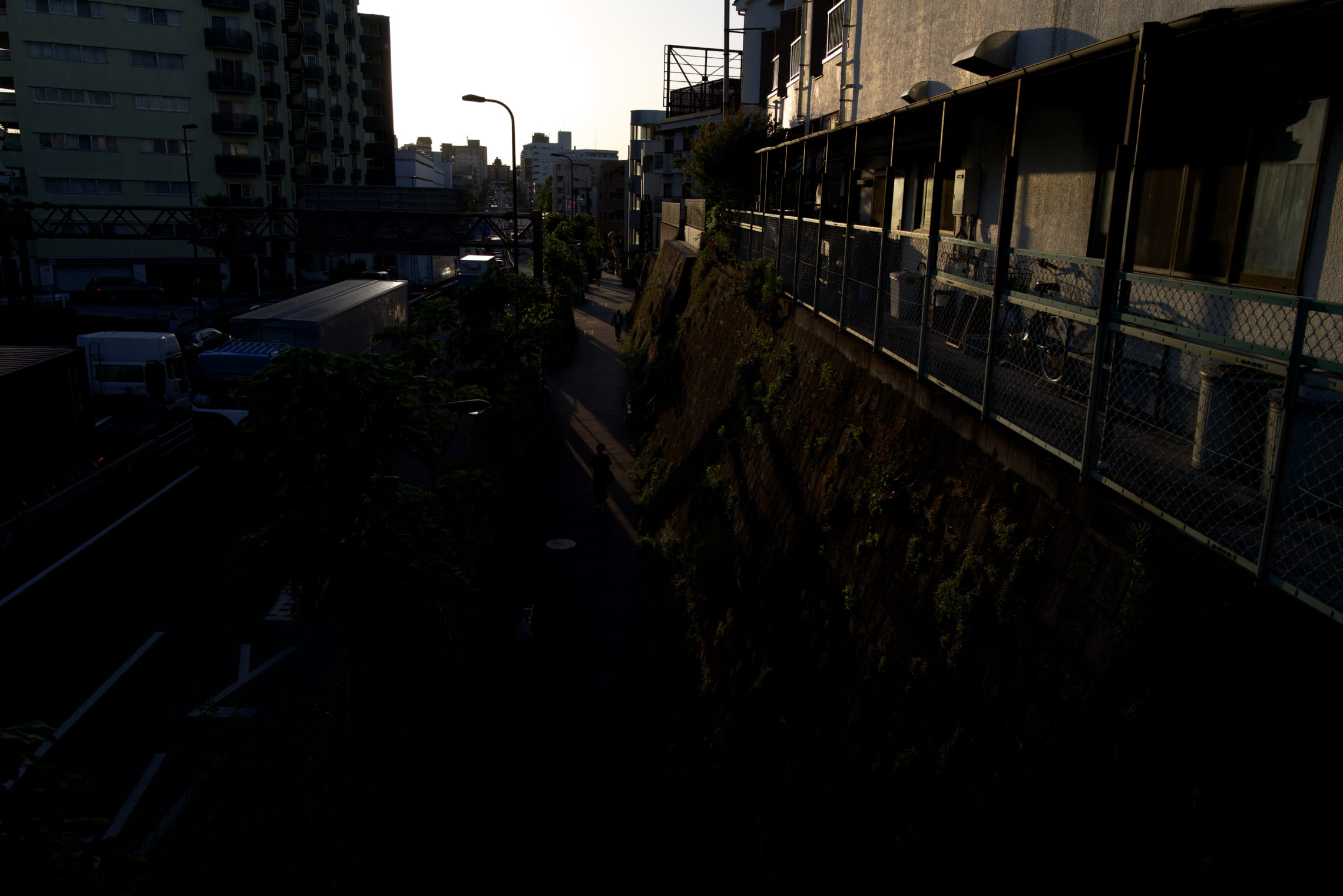
Magome, Tokyo. This level of exposure required to not clip sky. Unedited [f4.0, 1/640s, -3ev]
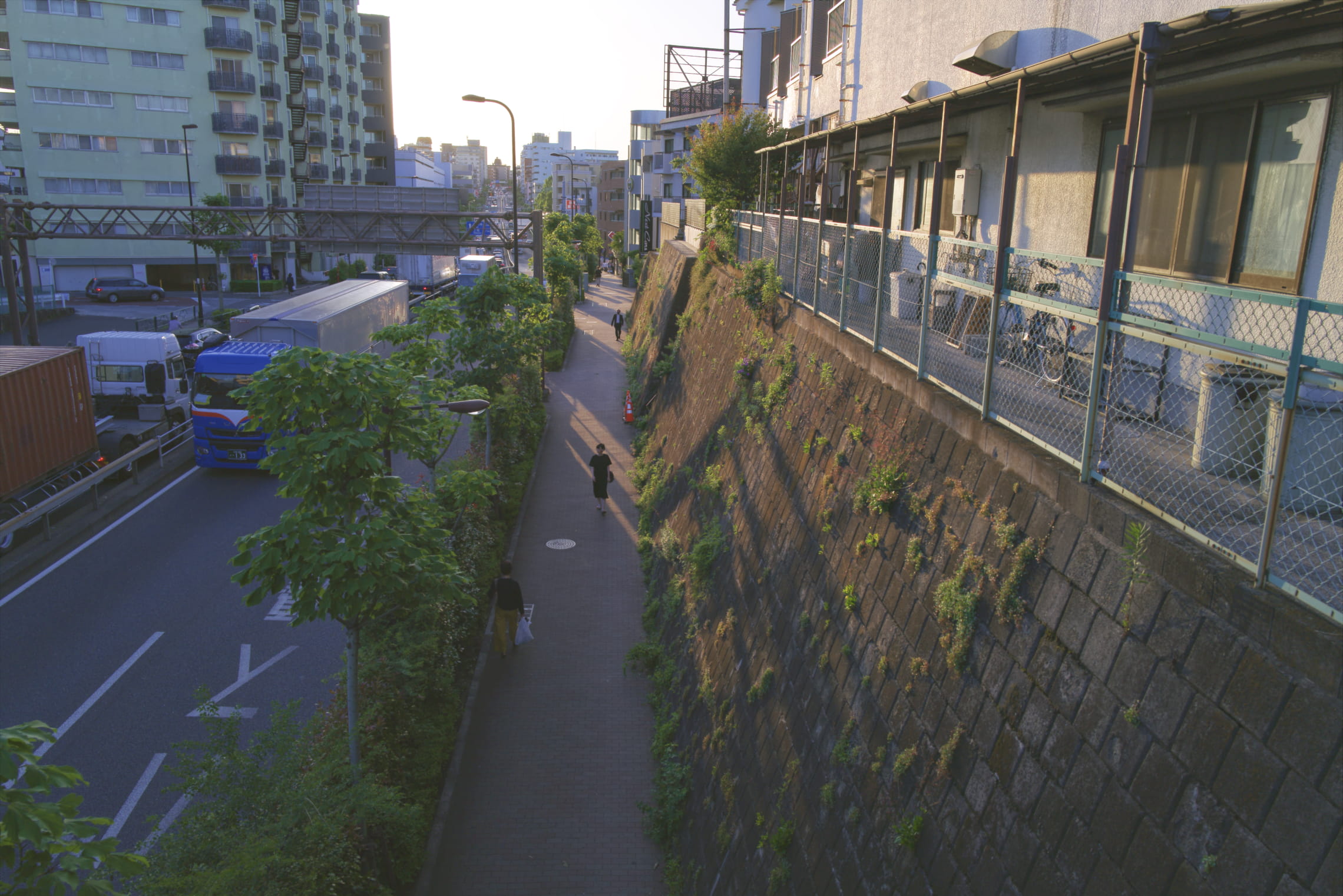
Magome, Tokyo. Clicking Photomator’s “auto” button. While this looks washed out, I will say it’s almost unbelievable how much information is in those nearly black areas.[f4.0, 1/640s, -3ev]
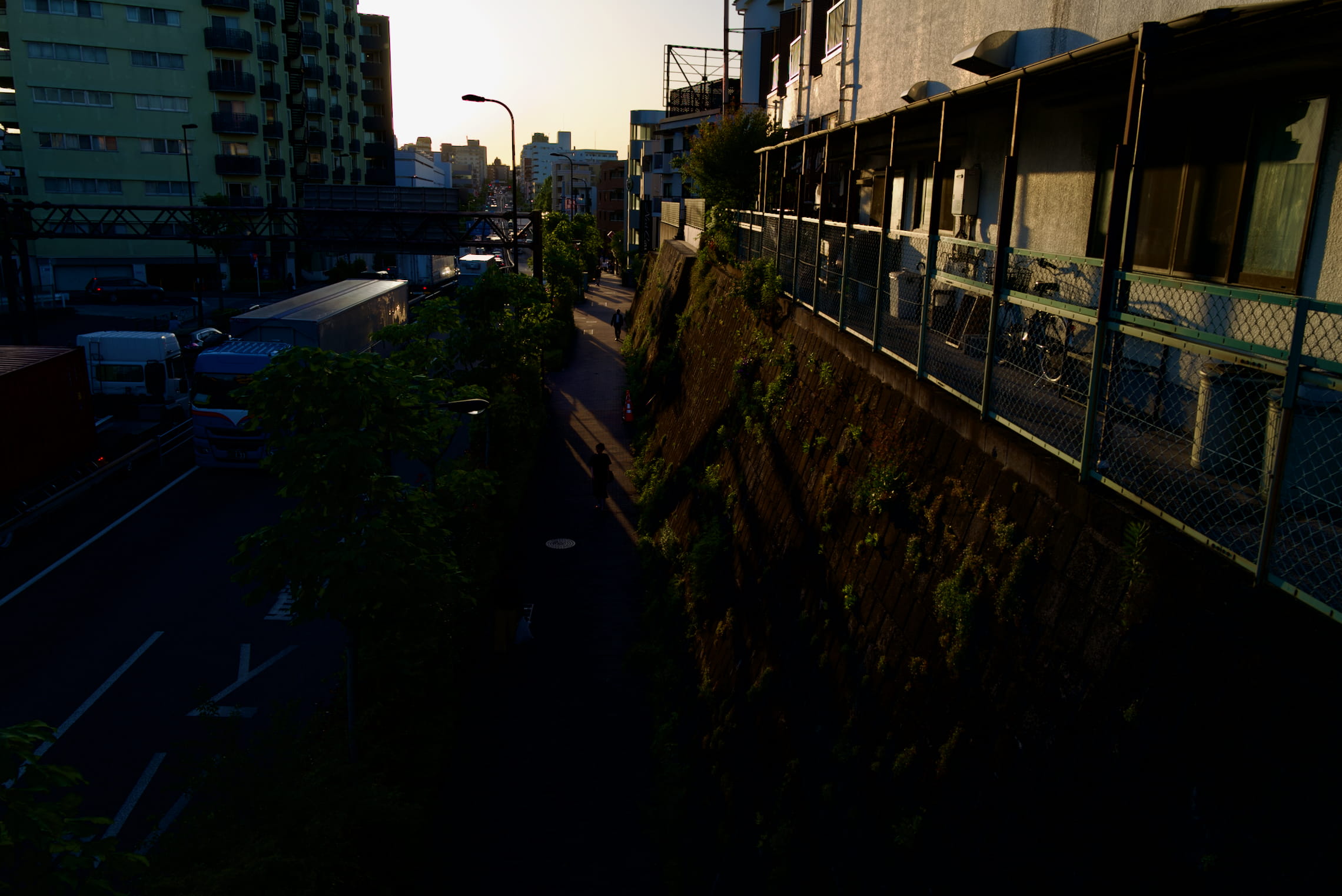
Magome, Tokyo. Clicking Apple Photo’s “auto” button. Not much happens. [f4.0, 1/640s, -3ev]

Magome, Tokyo. Manually edited. Trying to preserve contrast and nice lighting while making more visible. [f4.0, 1/640s, -3ev]
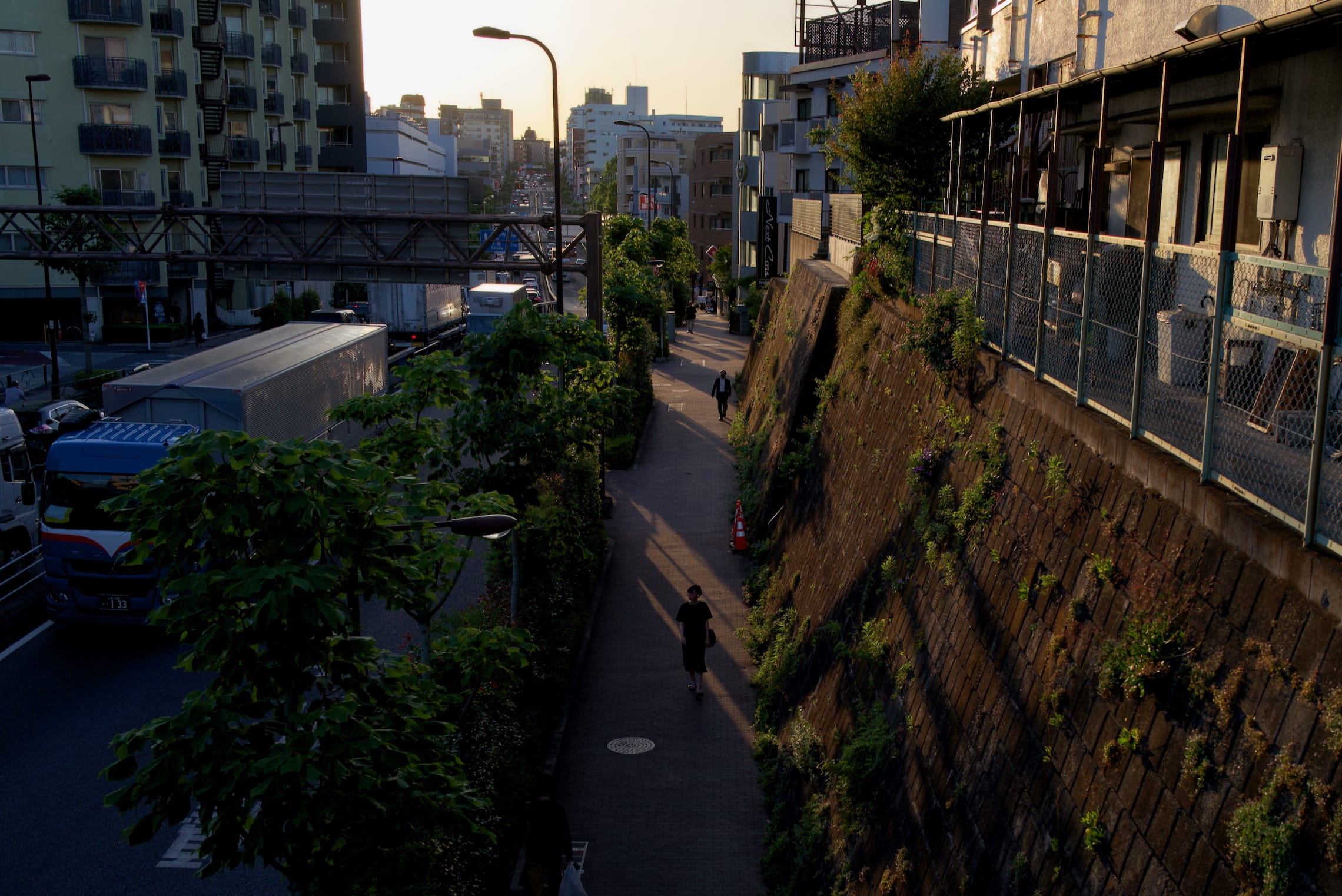
Magome, Tokyo. Manually edited and cropped. [f4.0, 1/640s, -3ev]
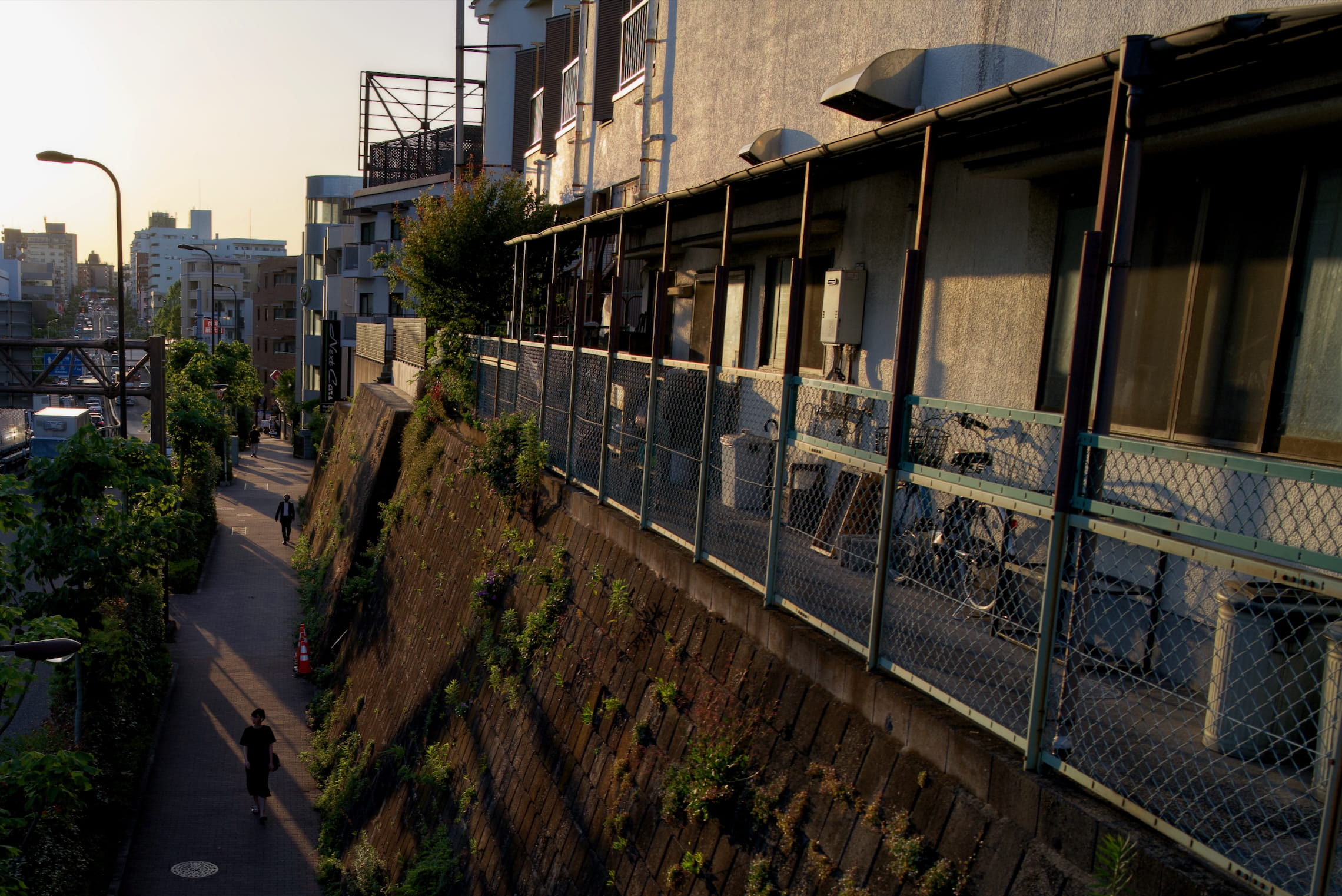
Magome, Tokyo. Manually edited, alternative crop. My favorite part of the scene might be the shadows around the bike on the right, which are lost in the first crop. This one focuses on them. But I’m not sure which is the better photo. It also makes me wonder whether you can crop into one side of a photo like this, or if it looks too weird because the lines are all heading in an unexpected direction (due to the perspective projection?).[f4.0, 1/640s, -3ev]
I also have another take at -1ev where the sky is (somewhat?) blown out, but the light on everything else is much brighter. Depending on the goal of the photo, it could be better base material.
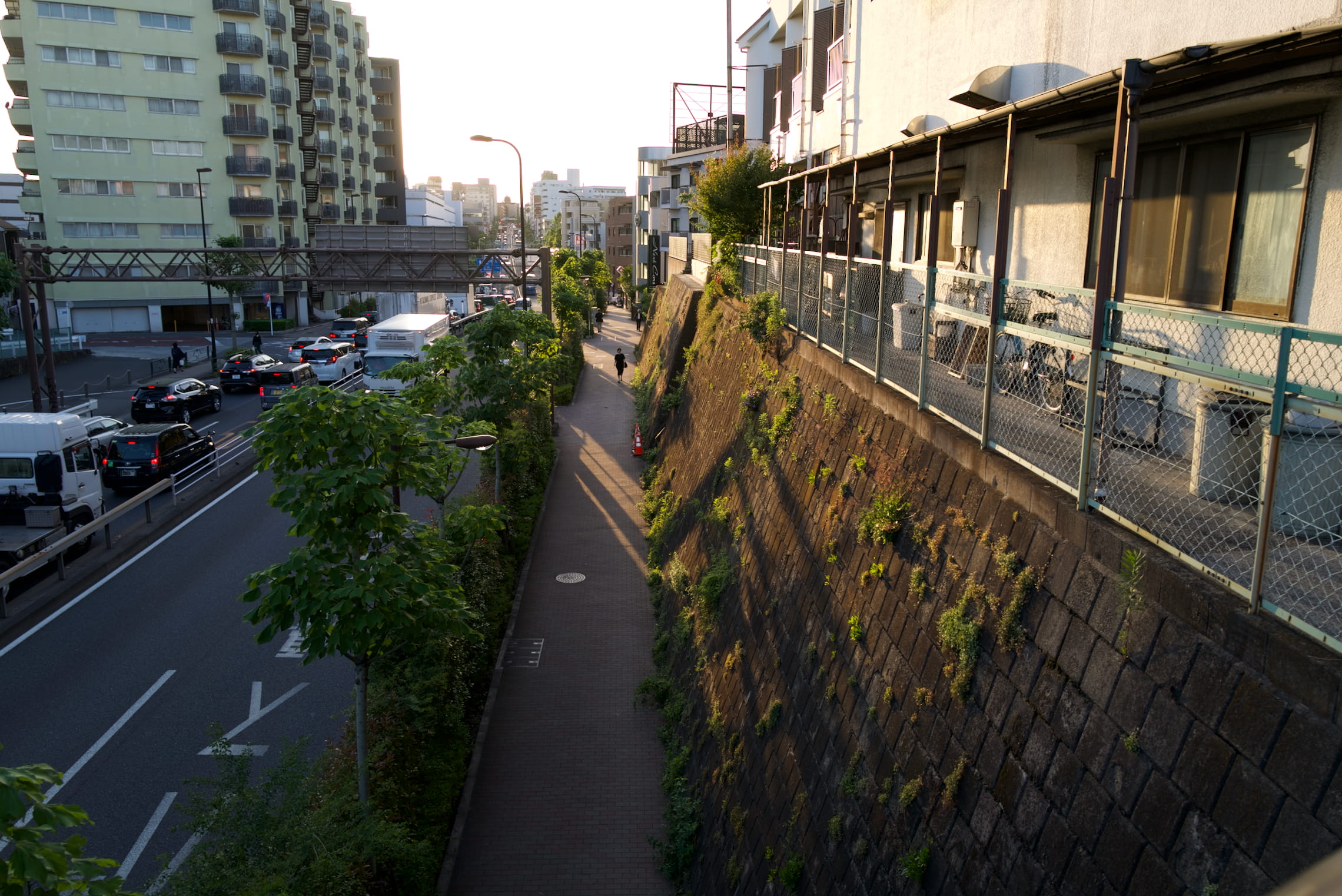
Magome, Tokyo. Unedited. [f4.0, 1/125s, -1ev]
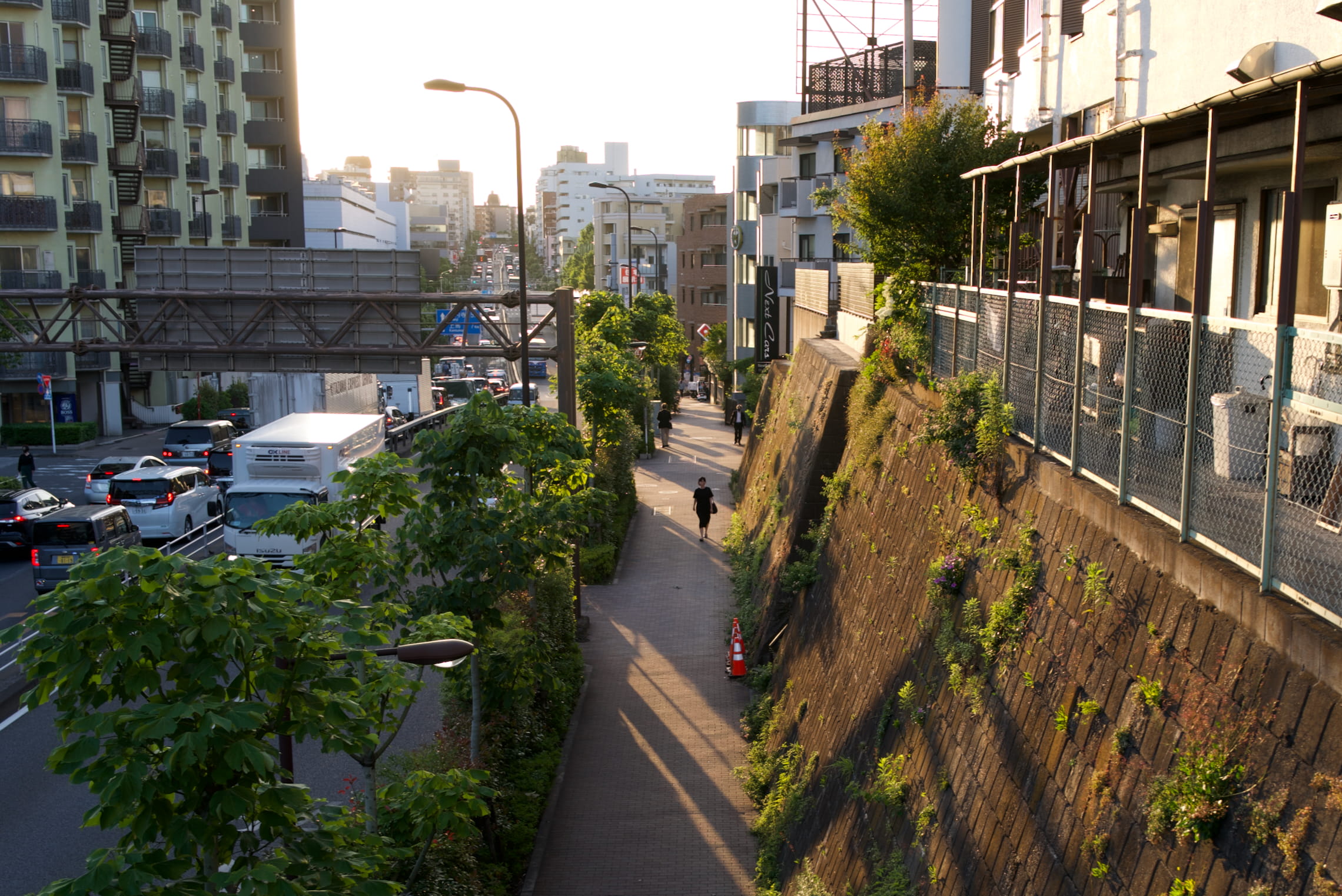
Magome, Tokyo. Cropped. [f4.0, 1/125s, -1ev]
Footnotes
Thank god for that display feature ↩︎